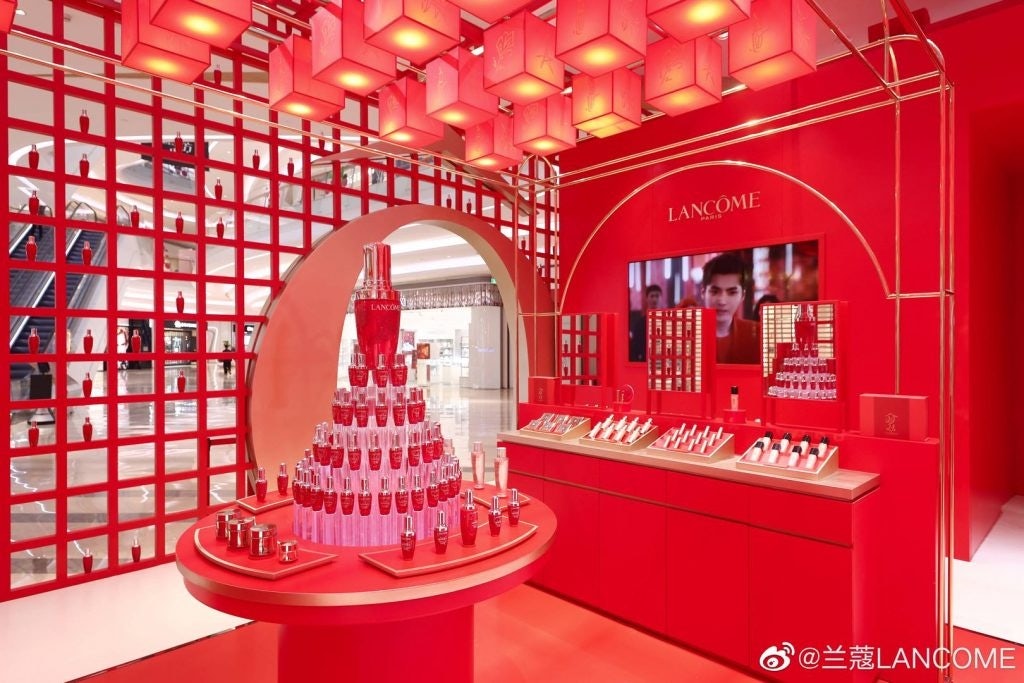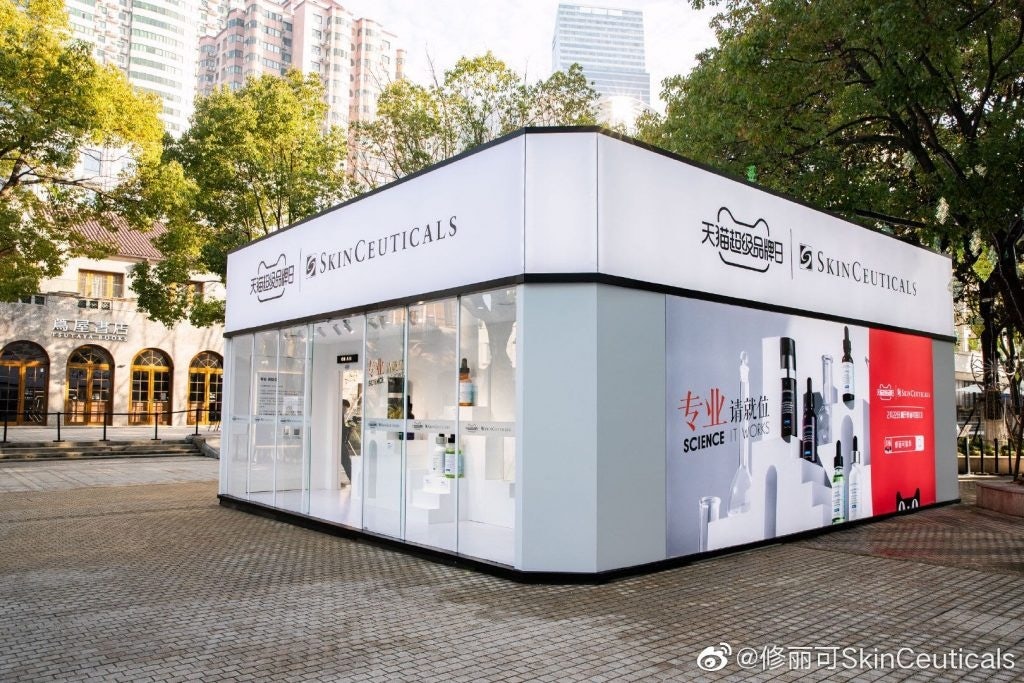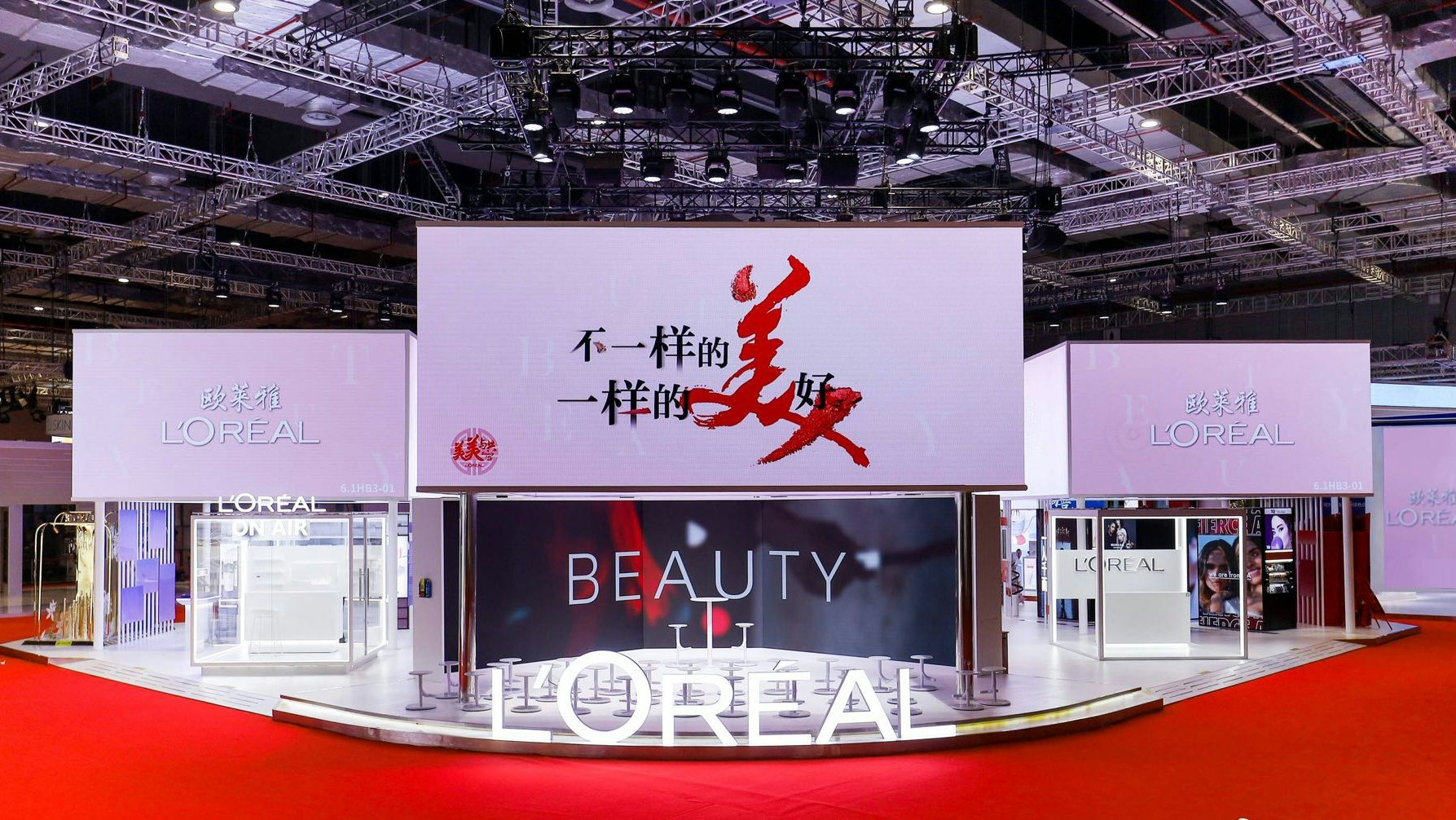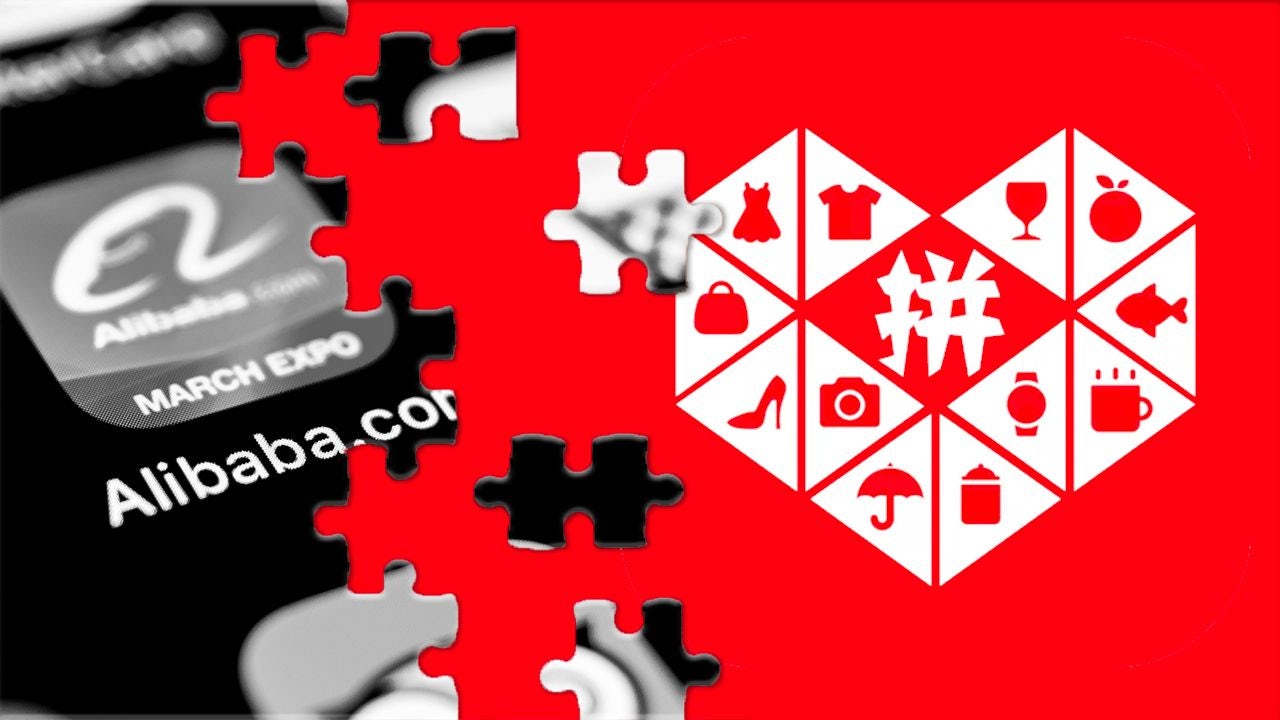First-quarter growth at the French beauty giant L’Oréal was dominated by one region: the Asia-Pacific. And obviously, China powered much of it and is likely to continue doing so going forwards.
Asia-Pacific’s 19-percent surge to 3.36 billion (2.8 billion euros) was led by continued strong demand in China, where like-for-like revenue jumped 38 percent. In 2020, China’s strong second-half sales enabled L’Oréal to flip back to a growth of 3.2 percent after a contraction of 11.7 percent in the first half.
However, it should be remembered that strict coronavirus lockdowns were imposed in multiple Mainland cities and provinces from the end of January 2020, painting a more favorable picture of China’s numbers for the three months to March.
Growth across L’Oréal’s global business came in at 5.4 percent (10.2 percent like-for-like) to generate first-quarter sales of 8.6 billion (7.2 billion euros). Other than Asia Pacific, results were mixed: Western Europe was flat at just under 2.4 billion (2 billion euros), and North America, while on a recovery curve, declined by almost 2 percent to 2.2 billion (1.8 billion euros) due to currency impacts.
Jean-Paul Agon, chairman and CEO of L’Oréal, who steps down at the end of this month, said in his final investor call on Thursday, “We are growing at roughly 2.5 times the overall beauty category. The market is bouncing back, and we will invest to support our share gains and fuel growth.”
The luxury division, L’Oréal Luxe, was mainly driven by skincare, from the likes of Lancôme, Kiehl’s, and Helena Rubinstein — all popular in China where L’Oréal accelerated brick-and-mortar activity via Lunar New Year and International Women’s Day campaigns. The recently acquired Japanese brand Takami and the Prada license, integrated on January 1, offer further scope for growth.

E-commerce favors big brands#
L’Oréal – ranked fifth on Jing Daily’s China Global Luxury Index – stepped up its e-commerce onslaught in China, helping L’Oréal Paris and Lancôme rank first and second, respectively, on Alibaba’s Tmall during International Women’s Day. Globally, both brands generate more than 1.2 billion each online.
E-commerce grew by 47 percent in the quarter, accounting for 27 percent of L’Oréal’s business, the same share as in 2020. In a February presentation to the Consumer Analyst Group of New York, deputy CEO Nicolas Hieronimus said the company would eventually lift that to 50 percent.
But China took more of a back seat in recent months. Agon said, “In the first quarter, for once, e-commerce growth in China was not the fastest. Europe grew by 80 percent and North America by 70 percent.” He added that big names in the L’Oréal portfolio were benefiting the most from online sales due to ‘algorithm mechanics’ promoting the most known, requested, or searched brands. So, while digital has lowered entry barriers for niche labels, “a lot of them sell very little while big brands are getting bigger,” noted Hieronimus, who will become CEO on May 1.
The weak link: makeup#
Makeup sales remain anemic globally, which has affected L’Oréal’s highly-exposed Consumer Products division, the largest in the group. It shrank by 6 percent to 3.6 billion (2.97 billion euros). But Hieronimus added that without the makeup segment, the division would have gone up 5 percent. The ‘mask effect’ led to good sales in eye products but big declines for lipsticks.
Other divisions saw double-digit increases. Professional Products rose by 13 percent as stylists seemed to find ways to reach customers during lockdowns, and as the B2B L’Oréal Partner Shop platform gained traction. L’Oréal Luxe hit 12 percent to reach 3.3 billion (2.77 billion euros), which is ahead of Q1 2019, helped by China. Active Cosmetics grew 22-percent with brands like CeraVe, La Roche-Posay, SkinCeuticals, and Vichy meeting the high demand for dermatology-led skincare.

L’Oréal’s also revealed the extent to which China’s offshore duty-free island of Hainan is dominating the pandemic-stricken travel retail channel. Hieronimus said, “Last year, everything was closed in January and February in China. This year, the Chinese could travel to Hainan, and most of the growth in travel retail in Asia in this quarter is from there.”
According to Hieronimus, global travel retail revenue in the quarter was positive thanks to the Asia-Pacific region. “It is dominating, by far, the travel retail channel at 90 percent [of sales], and Hainan is getting bigger within Asia. It is a big growth driver for the future,” he said.

